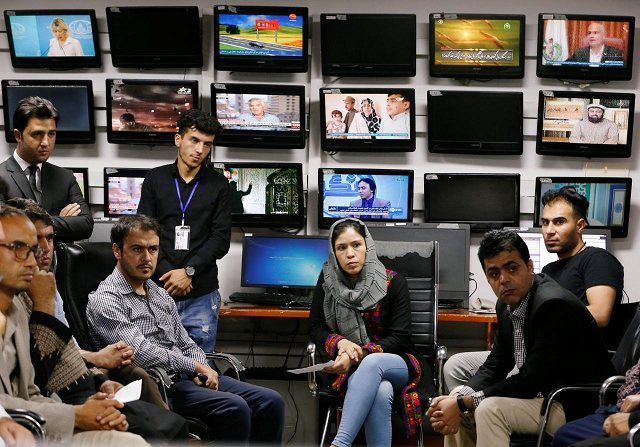
Following an explosion in April that killed nine reporters, photographers and cameramen covering an attack, Afghanistan has been the deadliest country in the world for journalists this year, according to the Committee to Protect Journalists.
On Wednesday, Samim Faramarz, a reporter for Tolo News, and cameraman Ramiz Ahmadi were killed by a car bomb apparently targeting first responders and journalists as they were covering a suicide attack at a wrestling club in Kabul.
Afghanistan extends Taliban ceasefire after suicide attack kills 25
Their deaths came two and a half years after seven Tolo TV employees were killed by a Taliban suicide attacker who rammed a car bomb into a bus driving them home from the station.
Media coverage of attacks had already been noticeably reduced following the deadly blast in April and last week’s incident is likely to restrict coverage further, said Lotfullah Najafizada, head of Tolo News.
“The space is shrinking,” he told Reuters. “We have lost colleagues in four separate attacks in two years alone. That demonstrates that the media is under immense pressure.”
Afghanistan’s vibrant media sector has been one of the comparatively few undisputed success stories in the years following the overthrow of the Taliban, with the appearance of stations like Tolo as well as an array of competitors including 1TV, Ariana News, Shamshad TV and Khurshid TV.
With international media presence in Afghanistan sharply reduced since the withdrawal of international troops in 2014, domestic media outlets have filled the gap but their work has become increasingly difficult.
16 killed, 38 wounded by blast in southern Afghan city
“You have a lot of no-go areas, there is a long list of things you cannot do,” Najafizada said.
Already large parts of the countryside, much of which is under the control of the Taliban, are out of bounds for journalists, who have been regarded with suspicion and sometimes outright hostility by the insurgents.
As the major cities still controlled by the government become increasingly dangerous, there would be more restrictions on coverage, less access and less support, he said.
“This is certainly creating another layer of restrictions for a free press which is worrying.”
Women, children among eight killed in Afghan roadside bomb blast
For the journalists and media workers themselves, the growing roll call of colleagues killed while working is an increasingly oppressive fact of life.
“It has been proved to the world that Afghanistan is not a safe place for people of Afghanistan and for journalists,” said Soraya Amiri, a Tolo News producer.
“This is a clear and bitter fact that we have to believe and accept.”













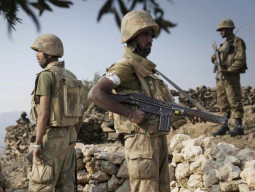
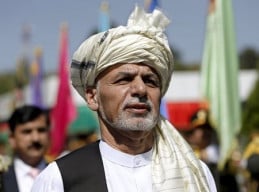
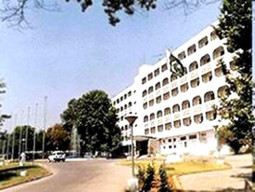















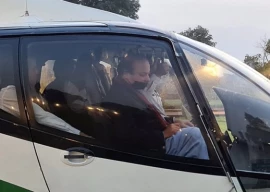

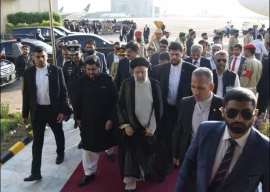
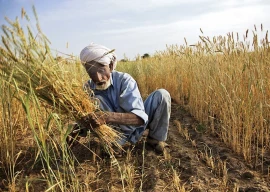
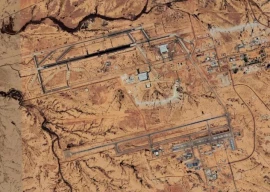

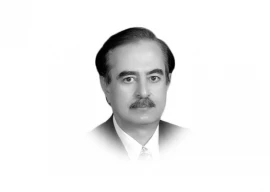
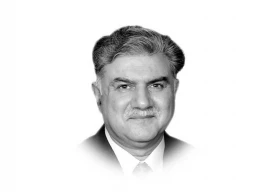



COMMENTS
Comments are moderated and generally will be posted if they are on-topic and not abusive.
For more information, please see our Comments FAQ